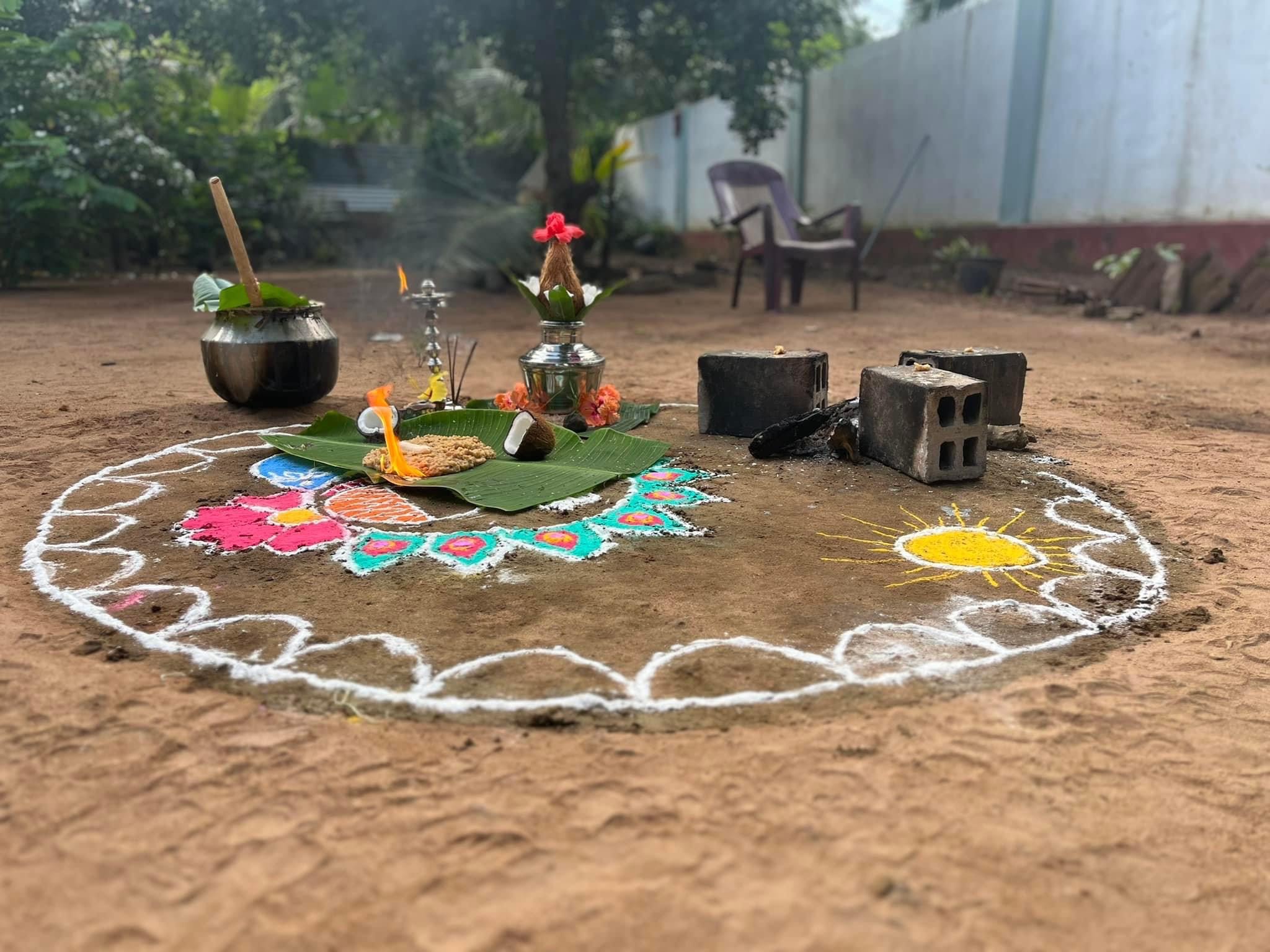
As millions across the island observed Thai Pongal this year, as a severe shortage of red rice has forced many to substitute this culturally significant ingredient with alternative varieties, highlighting growing concerns about the new Sri Lankan government's economic management.
The shortage has particularly impacted the Tamil nation's ability to prepare traditional Pongal rice dishes for the harvest festival, which falls on January 14. Red rice, a staple ingredient in Thai Pongal celebrations, has virtually disappeared from market shelves across the island.
Trade Minister Wasantha Samarasinghe acknowledged in Parliament that attempts to resolve the crisis through Indian imports had failed, as the variety was not available from Indian suppliers. The admission came after discussions with the Indian High Commission and various suppliers proved unsuccessful in securing alternative sources for the essential commodity.
The crisis has sparked protests across the island, with traders in the central highlands taking to the streets. In Nuwara-Eliya District, Sinhala, Tamil, and Muslim traders from Agarapathana, Manrasi, and Dayagama united in demonstrations, demanding adequate supplies of both Nadu and Red rice varieties for the festive season.
Traders face a complex dilemma as rice mill owners have significantly increased their prices, making it impossible to sell at government-controlled rates without risking legal action from the Consumer Affairs Authority. The situation has led many grocers to completely stop selling red rice, caught between price controls and supply shortages.
Jathika Paribhogika Peramuna (JPP) president Asela Sampath criticised the government's handling of the situation, noting that devotees are being forced to use Korra or Nadu rice varieties instead of the traditional red rice for their Pongal celebrations. "The renaissance government has fundamentally altered a religious tradition through their mismanagement," Sampath stated during a media briefing.
The current crisis is attributed to multiple factors, including Sri Lanka's protectionist rice policies. The government maintains higher rice prices than global markets due to import taxes and licensing requirements. While Sri Lanka typically reduces import duties in January to maintain stable rice prices ahead of the February harvest, this year's tax policies remained unchanged despite allowing imports, contributing to elevated prices.
Adding to the complexity, authorities have accused rice millers, who benefit from import duty protections, of hoarding supplies. The situation was reportedly exacerbated by the previous government's free distribution of red rice just before the Presidential election, which depleted available stocks.
Minister Samarasinghe noted that rice demand extends beyond direct consumption, with significant quantities required for the beer industry, poultry farms, ornamental fish industry, and rice flour production, further straining available supplies.
